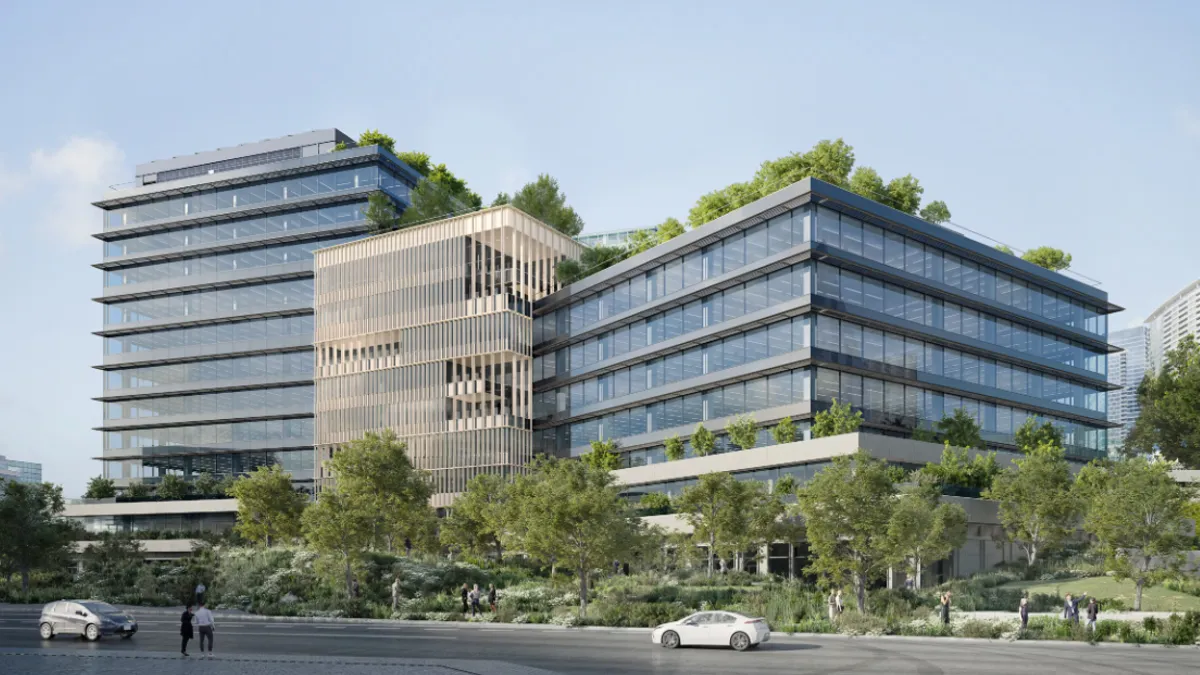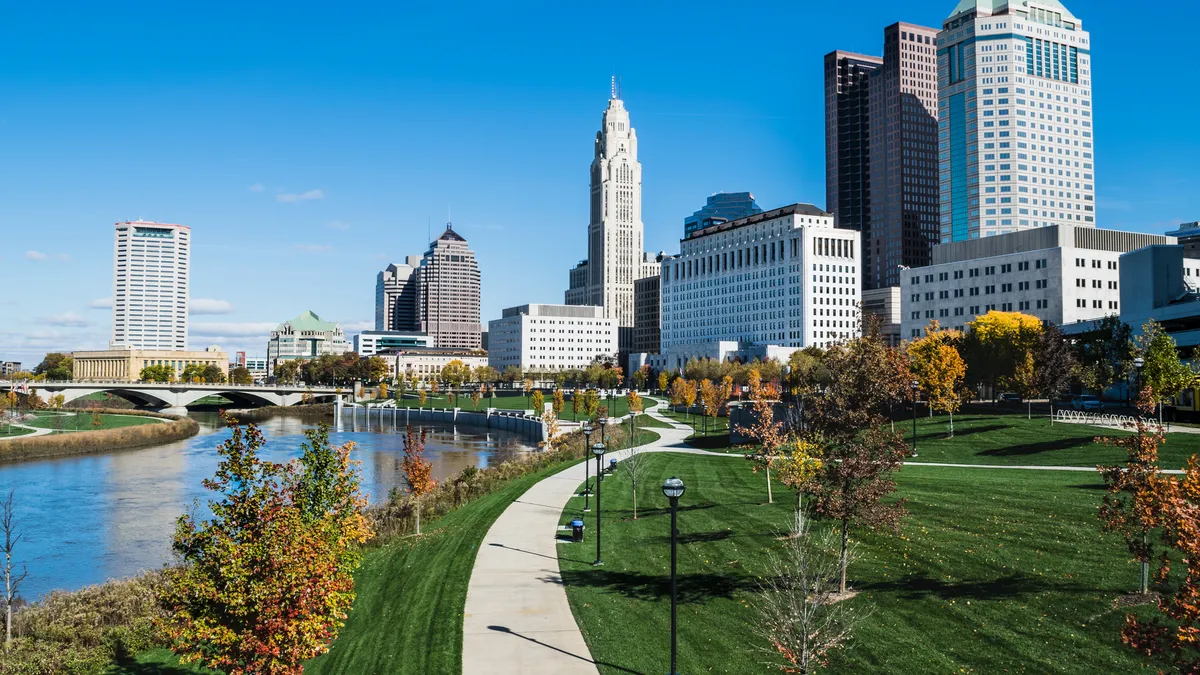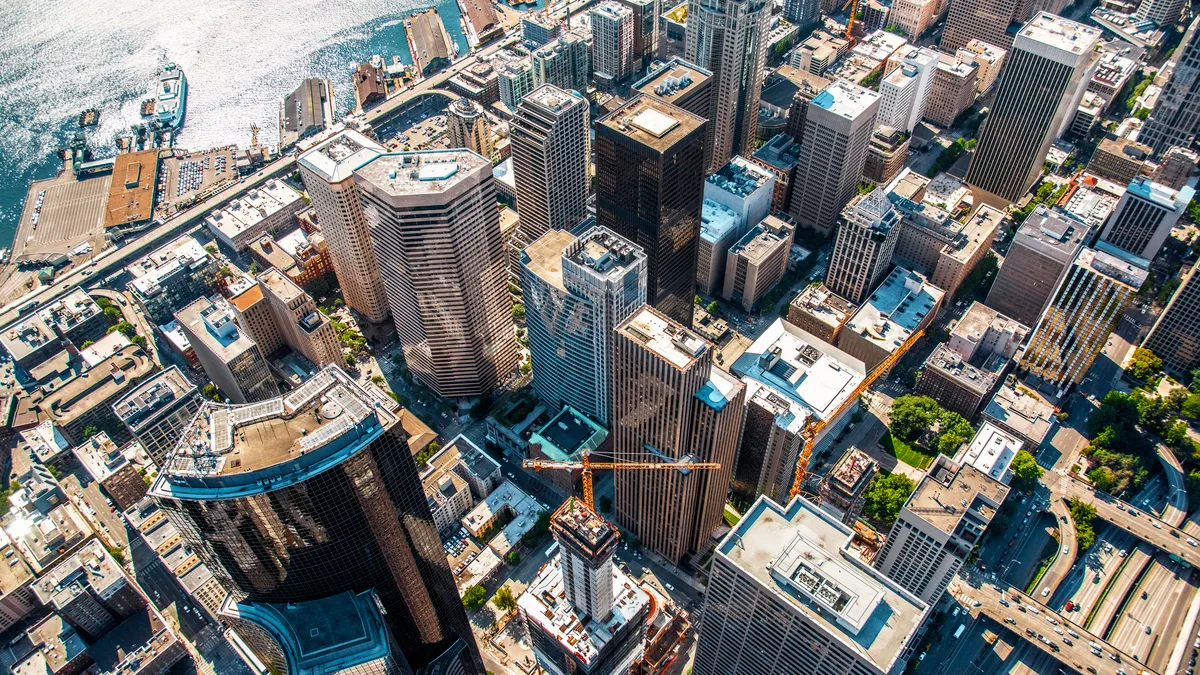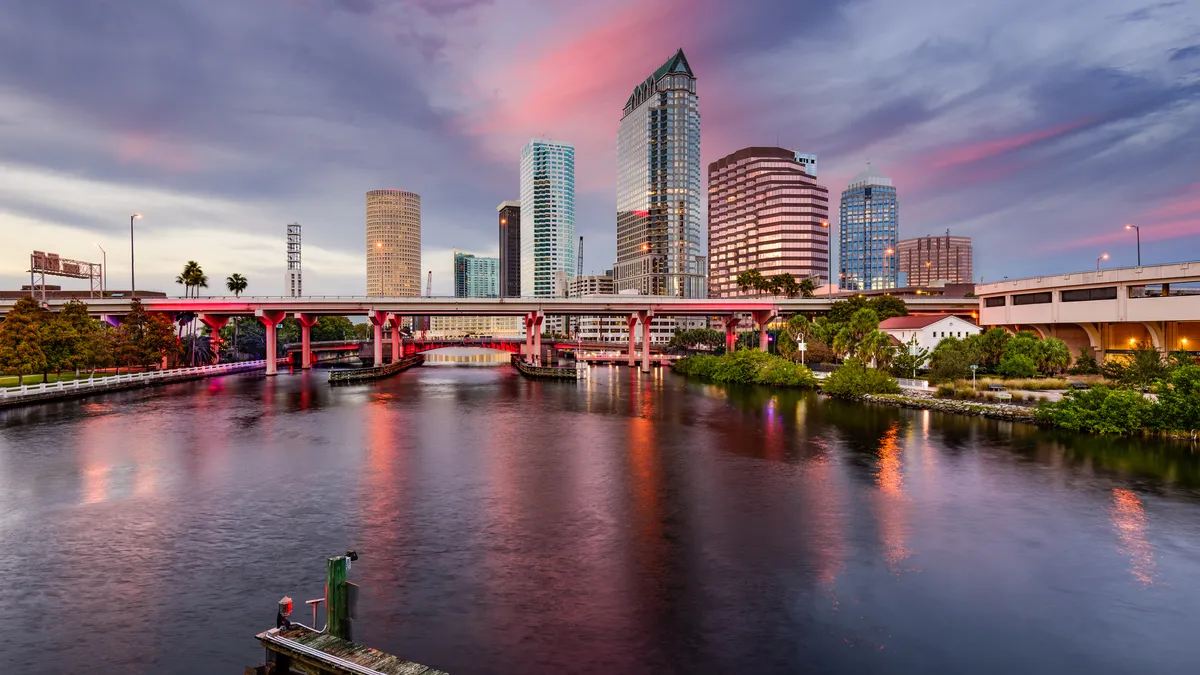As national office construction grapples with challenges stemming from the pandemic fallout and shifting work dynamics, Dallas is emerging as a beacon of resilience.
National office vacancy reached 19.7% at the close of 2023 — an all-time high, according to a U.S. office market report from Cushman & Wakefield, a global commercial real estate services firm. Meanwhile, the new office construction pipeline continues to shrink, down 5.3% from the previous quarter and now at less than half of its 2020 peak, according to the Cushman & Wakefield report.
Yet developers’ decisions in Dallas to move forward with multimillion-dollar office projects continue to buck the trend.
Office space under construction in Dallas hit 5.21 million square feet in the fourth quarter of 2023, according to CBRE, a Dallas-based commercial real estate services firm. That’s about a 34% jump compared to its 2018 level. In contrast, office space under construction in the U.S. hit 52.28 million in the fourth quarter of 2023, about a 46% drop from the fourth quarter of 2018, according to CBRE.
Both Cushman & Wakefield and CBRE peg Dallas as the leader of office space under construction in the U.S.
Most of that office construction in the Dallas metro is for class AA type office space, said Ryan Hoopes, executive managing director in Cushman & Wakefield’s Dallas office.
“Considering the elevated cost of construction and capital along with the labor issues in the construction industry, [Dallas office construction] is certainly at a high number,” said Hoopes.
Dallas leads all US markets in office construction
In fact, that level of office activity is the highest since peak activity in 2016, according to CBRE.
In Dallas, megaprojects continue to break ground because a vast majority of these projects are already fully pre-leased, continuations of multi-phased developments that began earlier in the cycle or developed in pockets of the market with significant momentum, said Jacob Rowden, JLL research manager for the U.S. office sector.
Preleasing key to financing
Preleasing activity for trophy assets remains strong due to their prime locations and top-tier amenities, according to CBRE.
“These types of buildings are the only type of office buildings that can be preleased and, in turn, get financing for construction,” said Alexandra Cullins, senior vice president of investor leasing at CBRE. “These are the only types of office buildings able to break ground currently.”
Some of these trophy office projects breaking ground include a $500 million Goldman Sachs campus, a 800,000-square-foot building in the uptown neighborhood of Dallas along with another 800,000-square-foot Wells Fargo campus, said Rowden.
Additionally, 23Springs, a high-rise trophy building in Uptown Dallas, will deliver in 2025 and has already signed a large-scale anchor of a prominent professional services company. Other projects in the area include Knox Street, a mixed-used development with a hotel, retail, restaurant and 150,000-square-feet of office space, already preleased by ISN, a Dallas-based contractor management platform.
Office construction picture
While public construction, like highway and street projects, remains flush with cash, high interest rates, tightening lending standards and labor shortages continue to weigh heavily on private developers, especially for speculative commercial projects in the U.S.
Dodge Construction Network forecasts total office constructions starts to drop 6% in 2024, and likely to never return to pre-pandemic levels. This pessimistic outlook is particularly resonant within the speculative segment of the office market, added Richard Branch, chief economist at Dodge.
“When you think about that spec market — it’s a significant portion of total office — but it’s also the one that’s been heading lower,” said Branch. “We think that market continues to decline in 2024.”
Speculative office construction market comprises approximately 65% of office activity in terms of dollar value, said Branch. So, while developers find ways to move forward with pre-leased office construction, economists and analysts still widely expect speculative office construction to continue to taper off, and to bring down the sector as a whole on the national level.
There are also signs nationally that as developers plow forward with luxury office projects hoping to capture tenants’ flight to quality, even those trophy assets have started to shake, according to CBRE data.
National leasing has started to dip once again after a small post-2020 recovery, while rents even at the most premier buildings also continue to drop. Economic uncertainty in combination with hybrid-work impacts and recent declines in office-using employment continue to drive occupiers to be cautious with office leasing decisions, according to Cushman & Wakefield.
But the picture is different in Dallas.
“Most of the office construction occurring in the metro is for AA,” said Hoopes. “These projects are pre-leased with tenants committing to some or all of the available office space in the project, which is the reason they are able to move forward. We have seen speculative office projects come to a near-halt, with only select examples of projects moving forward.”



















